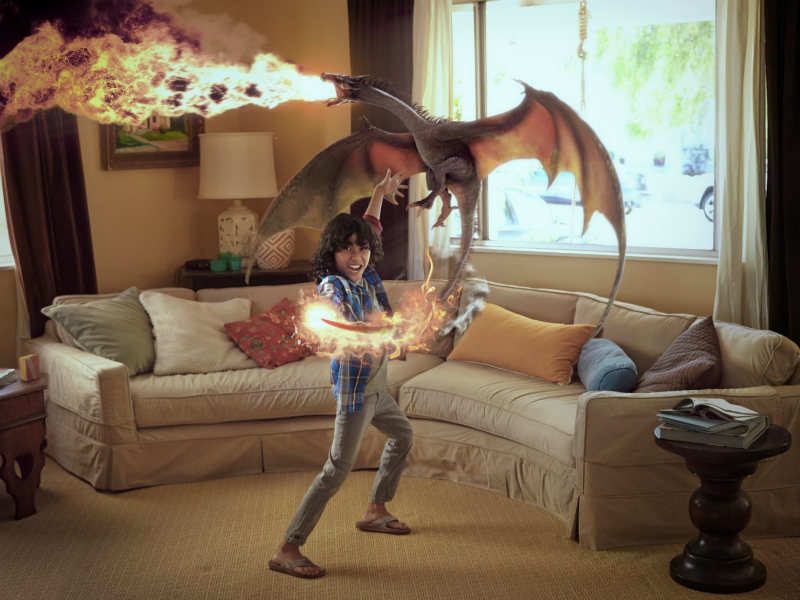 Technology is unendingly developing, and the introduction of new devices acts as a touchstone to the landing of a totally new technological worldview. As of late,
Technology is unendingly developing, and the introduction of new devices acts as a touchstone to the landing of a totally new technological worldview. As of late, Lately, we have heard much about the improvement of
Past
While augmented reality as an idea that had been brewing for quite a while, it was Professor Thomas P. Caudell, then an analyst at Boeing, who initially begat the term 'augmented reality' in 1990. He was referring to a head-mounted digital display that guided specialists through amassing electrical wires in aircrafts.
AR as an idea took off amid the 90s, and the advancement of virtual fixtures in 1992 is generally considered as one of the principal legitimately working AR frameworks.
By the turn of thousand years, we were beginning to see the initial moves towards the kind of augmented reality stages we're presently getting to be acclimated to.
Present
No more the stuff of judicious researchers, science fiction movies, and engineers, are even near to how we see the world now. While drenching in virtual reality implies you can't move around or see the plane you're repairing,
AR could be consistently coordinated in: communicating, working, data representation, and gaming outside— basically anything you can think of. It would essentially change the way we communicate with each other.
Magic Leap
Future
Where VR is for virtual experience, AR is for this present reality and its utility is verifiable. Overlaying relevant data into the workplace has evident advantages for work and productivity. With the expected dispatches of AR items like HoloLens, Magic Leap, and even Apple's smart car, designers are starting to perceive the circumstances in which AR can give esteem without diverting clients. On the heels of these headways, 2016 is set to be the year AR ventures
